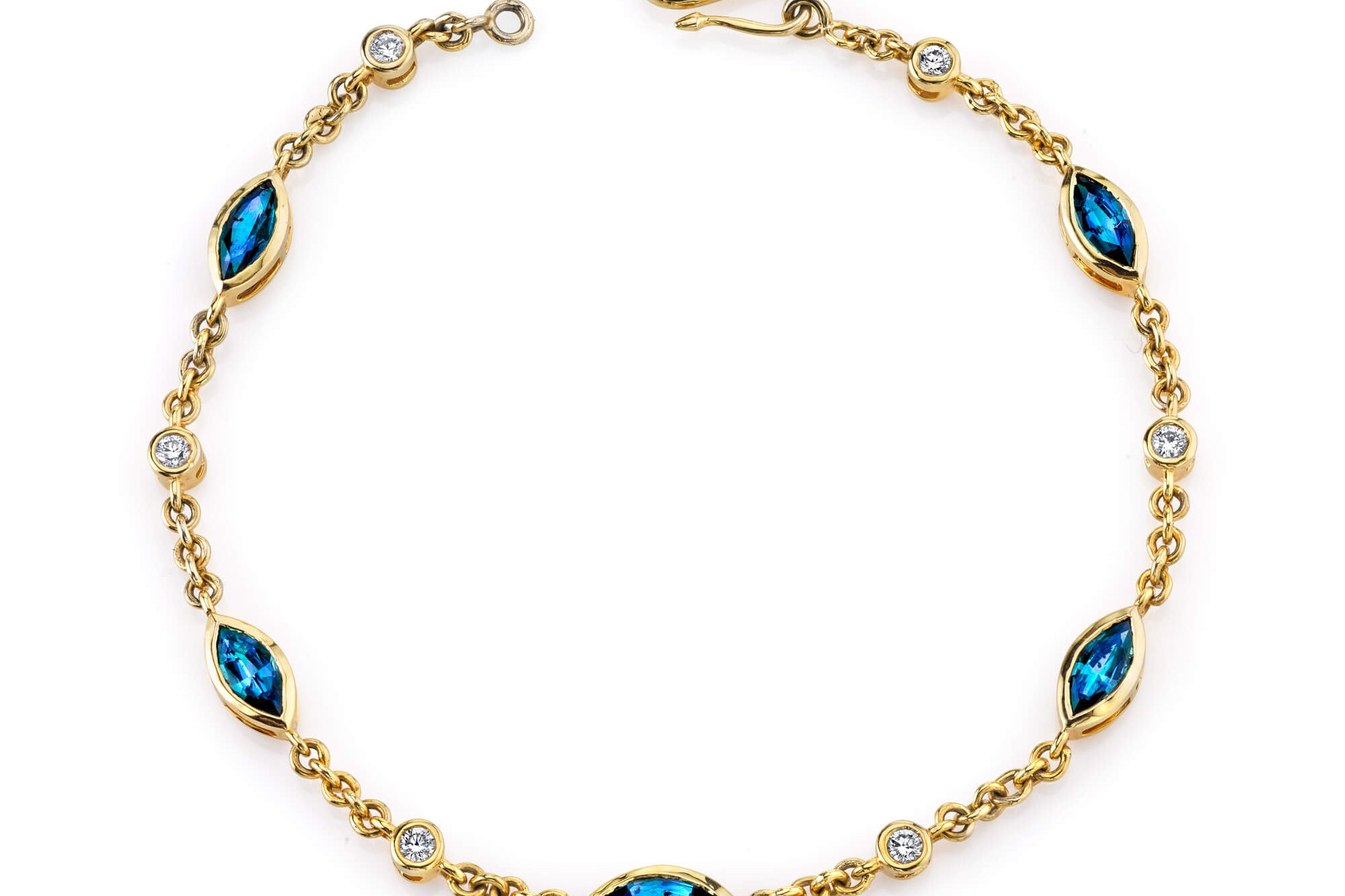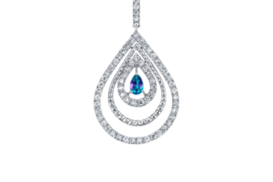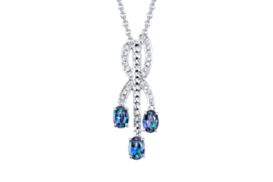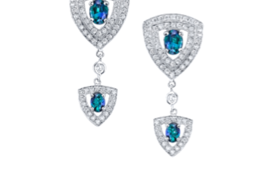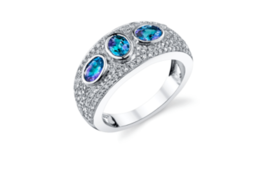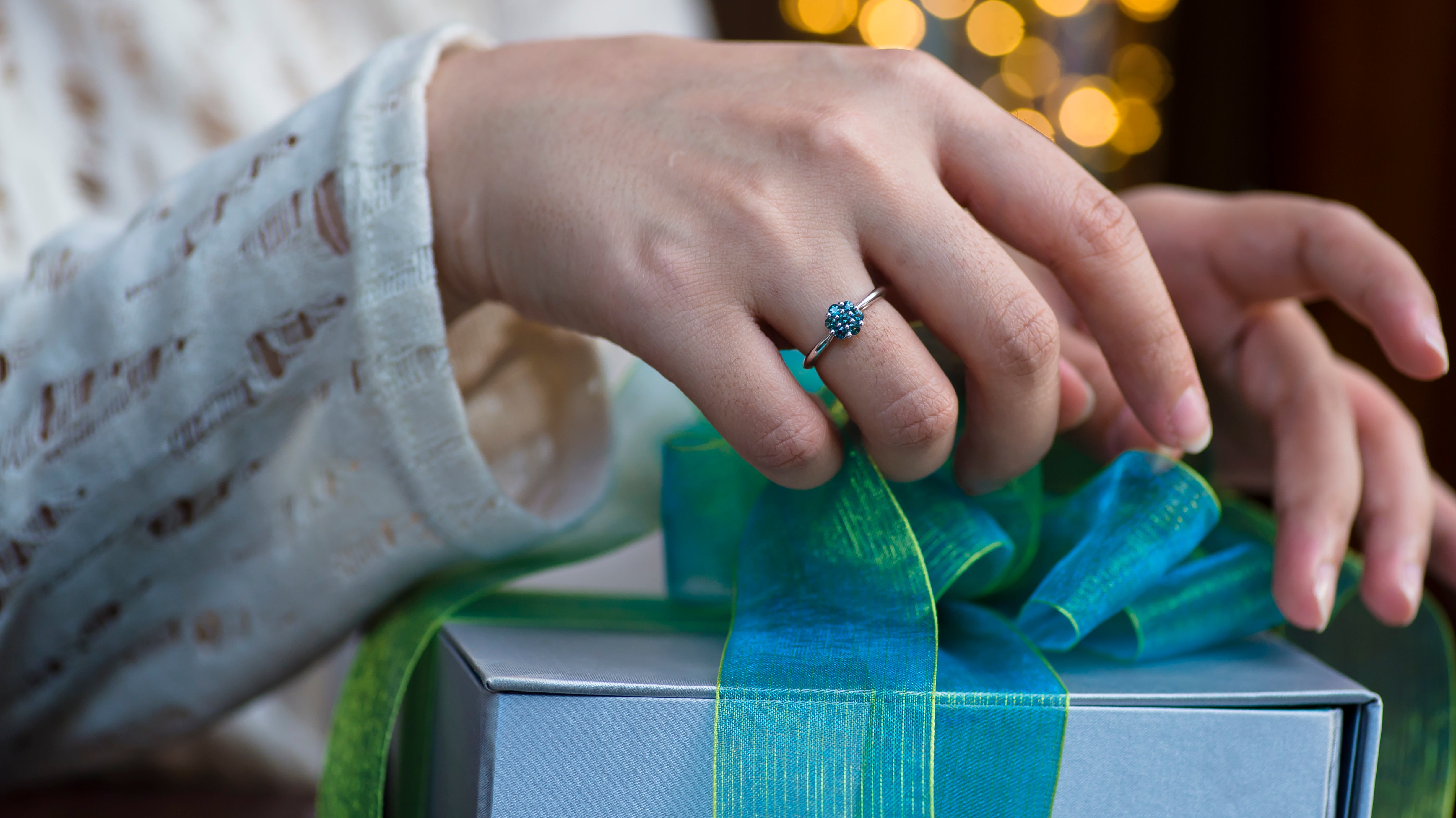Articles
Everything you want to know about June's Birthstone - Alexandrite
I always envy June babies! Warm days and long evenings are ideal for celebratory parties bathed in the evening sunlight and enhanced, perhaps, by candlelight. And it's in those balmy...

